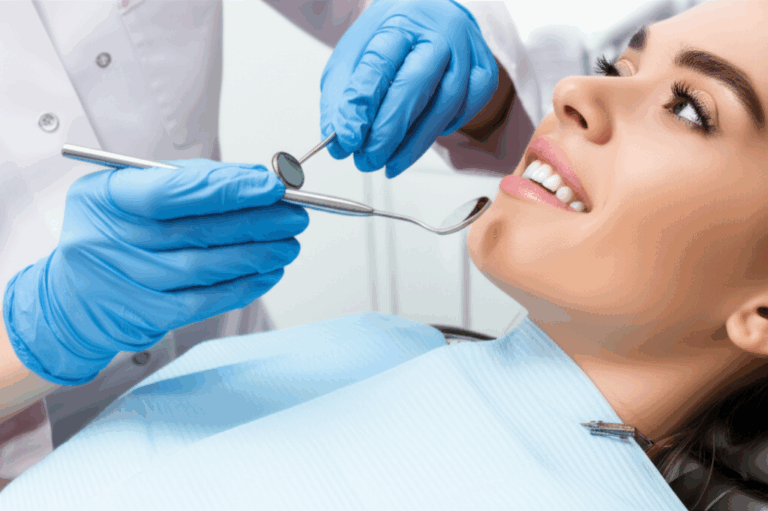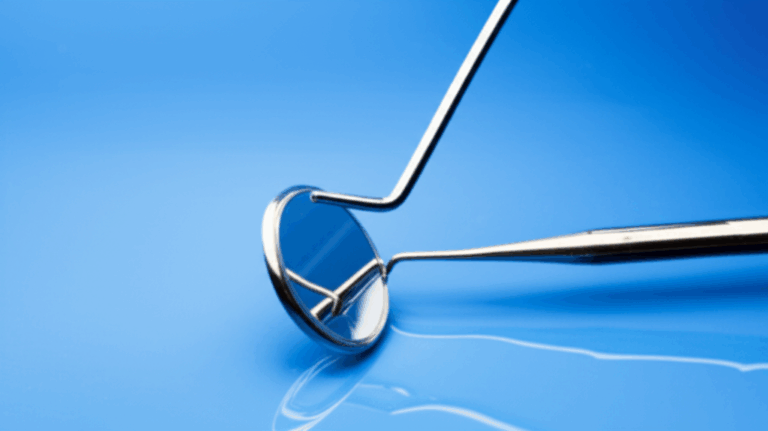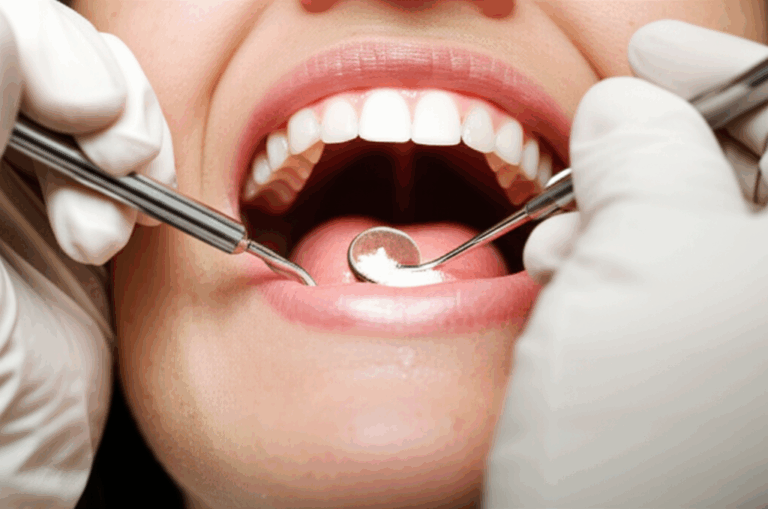
How Long Does a Dentist Check-Up Take? My First-Hand Guide to What Really Happens
Table of Contents
- Arrival & Paperwork
- Waiting Room Time
- The Dental Hygienist’s Role
- X-rays
- Professional Cleaning
- Dentist’s Examination
- Check-Out and Scheduling
- New vs. Existing Patients
- Oral Health Condition
- Additional Procedures: Fluoride, Sealants, More
- Practice Style and Efficiency
- Patient Questions and Engagement
Introduction: My Experience and the Quick Answer
If you’re like me, you probably wonder before every trip to the dentist: How long is this going to take? Is it just a quick half hour, or should I set aside my whole morning? Over the years, I’ve had lots of check-ups. Some were done before I knew it. Others seemed to go on forever. Whether I have work meetings or kids to drop off, I know how important it is to schedule my day right.
So, how long does a dentist check-up take? In my experience, it’s usually 45 minutes to an hour—pretty much what most dentists will tell you. But like getting a haircut, how long it takes can change: are you a new patient, will you need X-rays, or do you maybe need extra cleaning because it’s been a while?
Let’s see what happens during a check-up, what can make your visit longer or shorter, and the best ways to get in and out on time.
What Actually Happens at a Dental Check-Up? (Step-by-Step)
After lots of check-ups, I can tell you a dental visit isn’t just a quick peek in your mouth. Every step matters—for your teeth and for how long you sit in that chair. Here is how my visits usually go:
Arrival & Paperwork: 5–10 Minutes
No matter how often I go, I always have to check in first. If I’m new to the office, I give myself more time for forms like my health history, insurance, and any new medicine I’m taking. Even if I’m a repeat visitor, there’s usually a quick form or two.
Tip: Show up a bit early to get this step over with.
Waiting Room Time: 0–15 Minutes
Sometimes you get called right away. Sometimes you sit and look at old magazines. Busy offices or ones that handle emergencies can keep you waiting a bit longer. The fast offices keep this time under ten minutes, but it can go longer if they’re backed up.
The Dental Hygienist’s Role: 25–40 Minutes
Most of my visit is actually with the dental hygienist, not the dentist. They do the important stuff:
Initial Assessment
The hygienist asks if I have tooth pain or new problems, and checks my health history for anything new.
X-rays: 5–10 Minutes (If Due)
You don’t always need X-rays, but if it’s time, add 5–10 minutes. Digital X-rays are quick. A full set takes longer, while quick bitewings only take a few minutes.
Professional Teeth Cleaning: 15–25 Minutes
This is the main part of my visit. The hygienist scrapes off plaque and tartar, polishes my teeth, and sometimes flosses for me. If you haven’t been for a while and have a lot of buildup, this takes longer.
Oral Hygiene Instruction
Before I get up, my hygienist gives me tips—like how to reach tough spots or use special brushes.
Dentist’s Examination: 10–15 Minutes
After cleaning, my dentist comes to check everything. We talk about issues I or the hygienist noticed, look at X-rays, and check things like:
- Teeth and gums
- How my bite looks
- Early signs of holes or gum problems
- Quick check for mouth cancer
If something new shows up, the dentist takes more time to talk about what to do next.
Check-Out and Scheduling: 5–10 Minutes
Paying, handling insurance, and setting up my next visit is how things end. If bigger treatments are needed, someone on the staff explains what comes next.
What Affects How Long a Dental Visit Takes?
Not all dental visits are the same. Here’s what I watch for that can make a big difference:
New vs. Existing Patients
If you’re new: The first visit always takes longer. There’s more talking, a full set of X-rays, and the dentist does a full exam. The American Dental Association says the first visit often lasts 75–90 minutes.
Returning patients: It’s easier and faster. My info and X-rays are already in the computer, and unless there’s something new, the visit is usually under 45 minutes.
Oral Health Condition
If I keep up with brushing, flossing, and visits, cleaning is quick. If I skip years, the appointments are longer, and sometimes need extra deep cleaning.
If the dentist finds a problem like a cavity or gum issue, more time goes to talking about what to do about it.
Additional Procedures: Fluoride, Sealants, More
Sometimes, my hygienist suggests a fluoride treatment (good if you get cavities a lot). This adds just a couple minutes. For kids or adults who get a lot of cavities, sealants take longer—another 5–10 minutes for each tooth.
More complicated stuff—like talking about crowns or bridges—might add time or require another visit.
Practice Style and Efficiency
Some offices are quick, others take their time. Some dentists move fast, others go slow for nervous patients or kids.
Patient Questions and Engagement
I like to ask a lot of questions. That adds minutes. If you want a quick visit, try to have your questions ready ahead of time.
Tips I Use to Make Dental Visits Smoother (and Faster)
Here’s what I do to keep things moving:
- Arrive early. Filling out forms ahead of time keeps things running smooth.
- Bring up-to-date health info. Let them know about any new medicines or health changes.
- Write down questions. I keep mine on my phone so I don’t forget.
- Let them know your schedule. If you only have an hour, tell the staff when you check in.
- Follow any pre-visit advice. If they say not to eat or to brush before, do it. It makes cleaning go faster.
These simple things usually help my visits stay on time.
How My Check-Ups Compare to National Averages (With Data)
After lots of appointments and chatting with my hygienist, here’s how my visits line up with the average:
| Component/Scenario | Average Time (Minutes) | My Typical Experience |
|---|---|---|
| Routine Visit (Returning Patient) | 45 – 60 | Right on—hardly ever over an hour |
| New Patient, Full Exam | 75 – 90 | My first at a new office took 80 mins |
| Teeth Cleaning (Hygienist) | 25 – 40 | Usually 30 mins |
| X-rays (Digital) | 5 – 10 | Almost always under 10 |
| Dentist’s Exam | 10 – 15 | Pretty much always 10–15 |
| Arrival/Paperwork | 5 – 10 | Usually 5 if I pre-fill forms |
| Waiting Room | 0 – 15 | I try to go early; depends on office |
| Check-out/Scheduling | 5 – 10 | Rarely over 10 |
| Fluoride Treatment | +1 – 2 | Really quick, hardly notice it |
| Sealants (per tooth) | +5 – 10 | Only did this for my kids—slowest part |
The ADA says: regular check-ups should happen every six months, and how long they take depends on you. I’ve noticed that offices using digital tools can save a few minutes here and there.
Why It’s Worth Making Time for Regular Check-Ups
I used to skip check-ups because I thought my brushing was enough. Then a friend needed a root canal because of a cavity missed at home. That got me serious about staying on top of visits.
An hour twice a year has saved me from big, costly, and painful dental work. The dentist can spot early problems, worn fillings, and even check for mouth cancer—stuff I can’t see in the mirror.
And honestly, nothing beats the clean feeling after a pro cleaning.
Answers to Common Questions About Dental Check-Up Times
Is 30 Minutes Enough for a Dental Check-Up?
Most times, 30 minutes is too short—unless it’s a quick visit with no X-rays and a really fast cleaning. My dentists and hygienists need at least 45 minutes to do a good job. If your appointments always finish super fast, maybe ask if they’re checking everything.
Why Do Dental Appointments Sometimes Take So Long?
It’s usually because of something unexpected—a new problem, lots of plaque, or extra questions. First visits are also longer because of all the new-patient stuff.
Can I Make My Appointments Faster?
Help by filling out forms online, showing up early, and being open about your needs. If you care for your teeth and visit often, the cleaning will be quicker. Choosing an office with lots of digital gear can also help speed things up.
How Often Should I Get a Dental Check-Up?
Twice a year works for most people, but some may need more visits (for example, kids, smokers, or people with gum problems). Your dentist will tell you what’s right for you.
What If I Have Severe Dental Anxiety or Special Needs?
Let your dentist know early. Some offices are great with nervous patients—they can give you more time, explain more, offer calming stuff, or give you breaks as needed.
Final Thoughts: What I’ve Learned (and What I’d Recommend)
From all my check-ups, here’s what I know: come prepared and keep up your daily care. It makes dental visits easier and more on time. I always block out a full hour (a bit more for first visits or if I might have a problem), and I use that time to talk and get tips.
Every office and every person is a little different. But if you plan for about an hour and take care of your teeth, you’ll probably finish on time and feel good about it.
Dentists like Dr. Joe Dental, who check these steps, agree: regular, good visits are the best way to stay away from big dental problems.
Trust me—the hour you spend is worth it for a healthy smile.
I hope my story helps you know what to expect at your next dental check-up and makes your visit easier!








